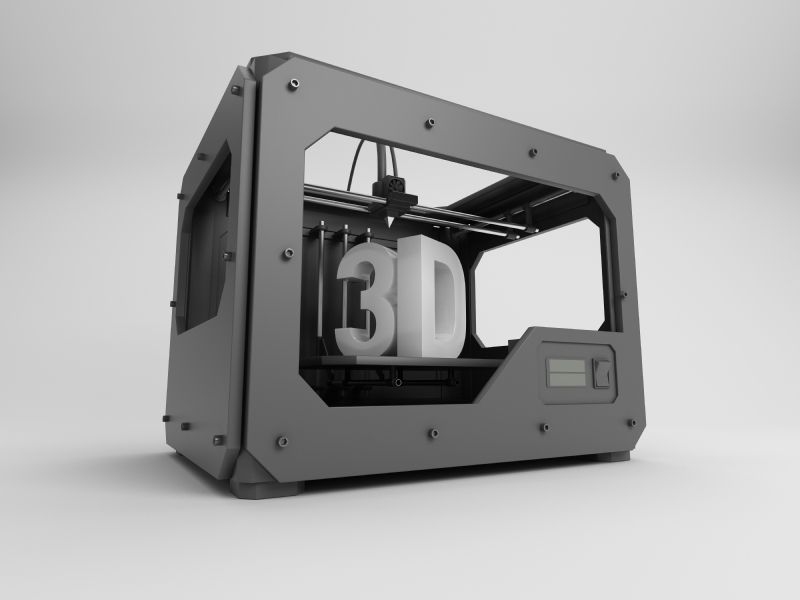Following the recent news announced by the Wake Forest Institute further to its success in the production by 3D printing of human ear cartilage, viable after transplant, Hervé Seitz[1] focuses on research advances in this field.
As evidenced with the ear example and the production of a piece of human jaw bone, it is possible according to Hervé Seitz, to “produce bigger, rigid structures” thanks to several improvements to existing techniques:
· The manufacture of micro-channels in the implant allowing “oxygen and nutrients to reach the innermost organs, some distance from the implant surface”.
· The synthetisation of the implant “in a kind of rigid matrix, which keeps the whole unit together during synthesis and which is subsequently removed”.
· The improvement in the “spatial precision of 3D printing to have cells freely available during synthesis”.
The work of the scientific team “culminated in the production of various implants which, when tested in vivo, were incorporated effectively by the host organism”.
For Hervé Seitz, “the production of a piece of human jaw bone is extremely promising”. Imagine “collecting stem cells from the amniotic fluid of every unborn baby, freezing it and storing it for future use” and “the various stages involved in the production of a tailor-made, living prosthesis comprising the patient’s own cells” – these processes can now be controlled from a technical perspective.
He added that, “in the years to come, new teams will probably have the same success in producing other human organs and that the list of ‘synthesisable’ organs will get longer” since the benefit of these “living” implants is that they do not have to be replaced during a person’s life. Furthermore, “the production timescales announced in this publication are far lower than the usual donor transplant waiting time”. With “a bank of the patient’s own stem cells to be transplanted”, the waiting time would therefore be reduced for patients requiring a synthesisable organ transplant.
Hervé Seitz nevertheless stated that not everything is feasible. “3D printing simply allows these cells to be available in a certain space. They can then be left to work for us”. However, there are “biological properties which depend on additional parameters” such as memory, which does not depend on neurone spacing.
Furthermore, this technique cannot extend life expectancy, he said, because “ageing is not the same as a bone fracture or muscle degeneration. In fact, we are a long way off being able to replace an entire human body, piece by piece…”.
[1] Scientist specialising in molecular biology at the CNRS (French National Centre for Scientific Research) and in the study of transplants. He is attached to the Human Genetics Institute (IGH) at Montpellier.
Atlantico (18/02/2016)

